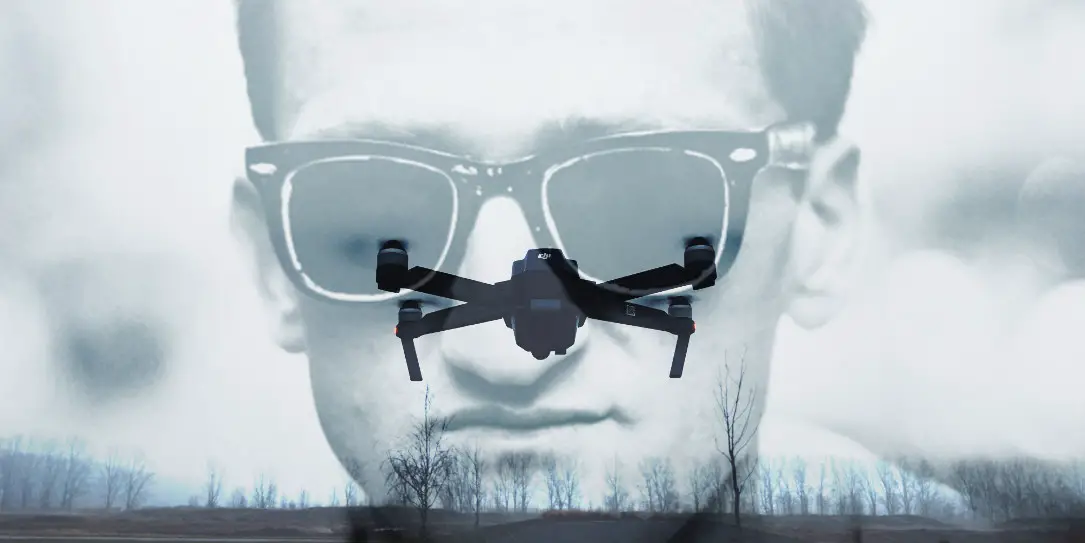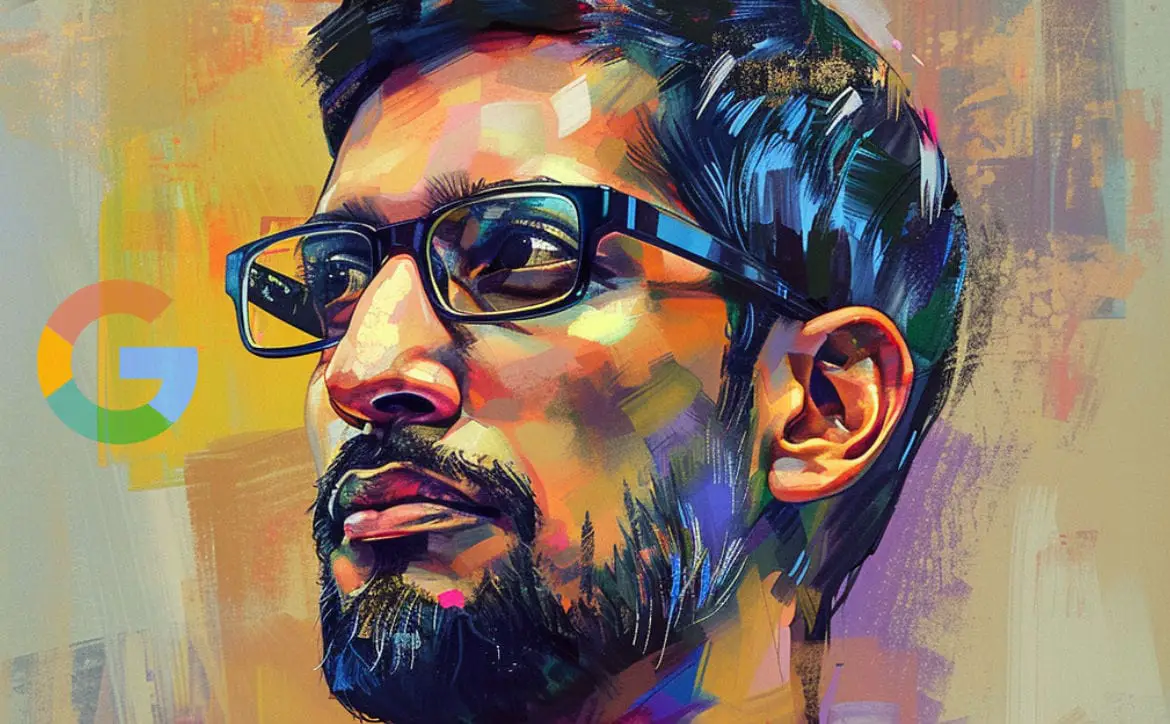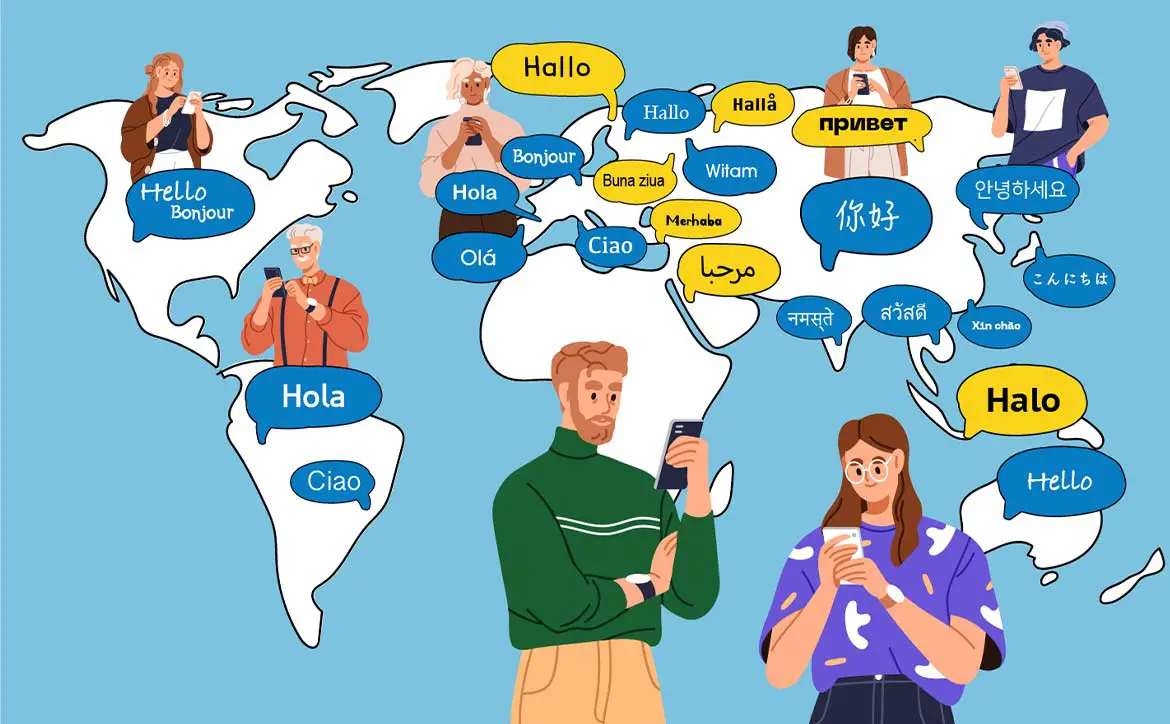Yesterday, we reported that popular YouTube star Casey Neistat was under investigation by the Federal Aviation Administration. Casey admitted to this himself in his most recent DJI Spark video also posted yesterday. We’ve reached out to Casey (via Twitter) for comment on the investigation and we also reached out to the FAA and DJI. We specifically reached out to DJI to inquire about a few people implying the company had disabled its geofencing software so that Casey could fly wherever he liked. For those not familiar with geofencing, here’s a bit of a press release posted on DJI’s blog November 2015.
Geospatial Environment Online (GEO) will provide DJI drone users with up-to-date guidance on locations where flight may be restricted by regulation or raise safety concerns. For the first time, drone operators will have, at the time of flight, access to live information on temporary flight restrictions due to forest fires, major stadium events, VIP travel, and other changing circumstances. The GEO system will also include for the first time restrictions around locations such as prisons, power plants and other sensitive areas where drone operations raise non-aviation security concerns.
The drone will by default not fly into or take off in, locations that raise safety or security concerns. However, in order to accommodate the vast variety of authorized applications, the new system will also allow users who have verified DJI accounts to temporarily unlock or self-authorize flights in some of those locations. The unlock function will not be available for sensitive national-security locations such as Washington, D.C. or other prohibited areas.
Unlocking will require a DJI user account verified with a credit card, debit card or mobile phone number. DJI will neither collect nor store this information, and the service will be free. The verified account, required only if and when a user chooses to fly in a location that might raise an aviation safety or security concern, provides a measure of accountability in the event that the flight is later investigated by authorities.
DJI did respond to our email with the following statement from their official U.S. spokesperson.
It’s no secret we have provided drones to Casey Neistat and other people with large social media followings, in hopes that they will want to feature them in their photos and videos. But we have never – ever – modified a drone to change or disable our geofencing systems. We expect everyone who uses our products to follow all applicable laws and regulations, and that includes people with large social media followings.
DJI also had this to add concerning their geofencing systems and the actions of users who decide to disable those systems in certain restricted or warning zones.
DJI is the industry leader in creating geofencing systems, which provide pilots with guidance on areas where flights may be limited by regulations or raise security or safety concerns. We believe the overwhelming majority of pilots want to fly safely and responsibly, and our GEO system is designed to provide them with information, not to serve as an enforcement mechanism.
Below is a screenshot of how DJI’s GEO systems work, this was taken from their website and you can read the entire thing for a more comprehensive understanding.

In our initial article, I stated that I never thought twice about Neistat’s drone usage as I just assumed he had the proper permits and permissions. Not being a drone flyer myself, I wasn’t very well versed in the laws surrounding drone usage. Twenty-four hours later, I’ve become a bit more educated as to why the FAA would want to investigate Neistat and his activities. Part of the issue involves flying drones over populated areas. The other part is using the drone for commercial purposes in restricted areas, which Neistat does do when he monetizes his videos.
Many of these rules fall under the FAA’s Part 107 regulations. Part 107 covers a lot of ground and much of the regulations outlined therein have most certainly been broken by Neistat. Below is just a small portion of Part 107 which you can find on the FAA website.
You can’t fly a small UAS over anyone who is not directly participating in the operation, not under a covered structure, or not inside a covered stationary vehicle. No operations from a moving vehicle are allowed unless you are flying over a sparsely populated area.
We’re still waiting on a reply from both Neistat and the FAA, we hope to get a response at some point. For now, DJI has weighed in with their comments and we have no reason not to believe them.
What do you think? Let us know in the comments below or on Google+, Twitter, or Facebook.











Comments are closed.